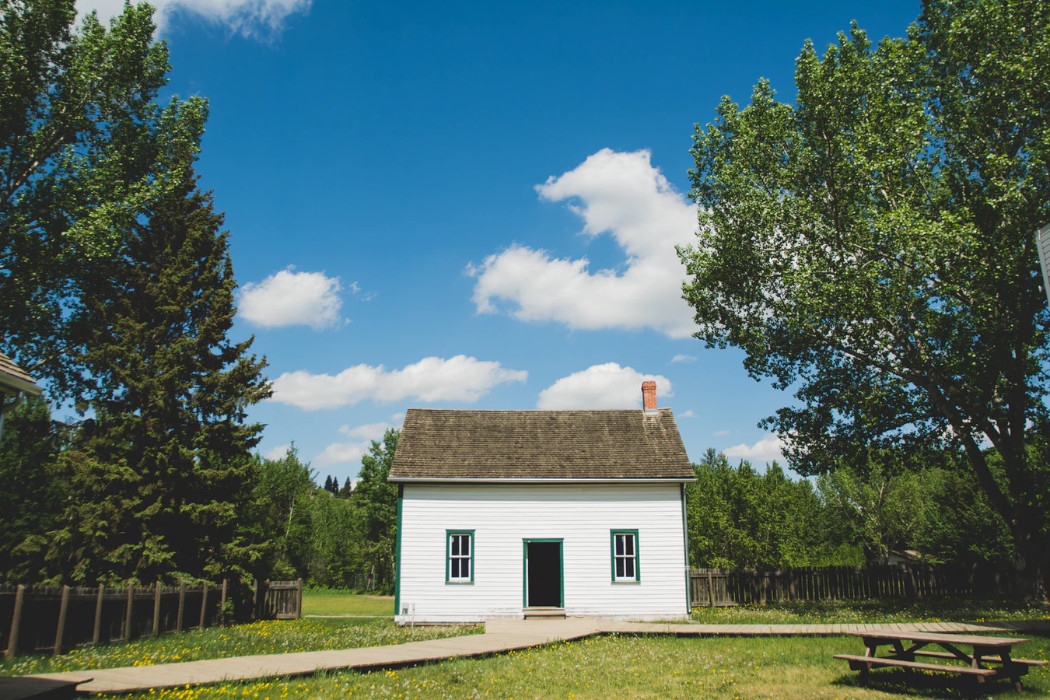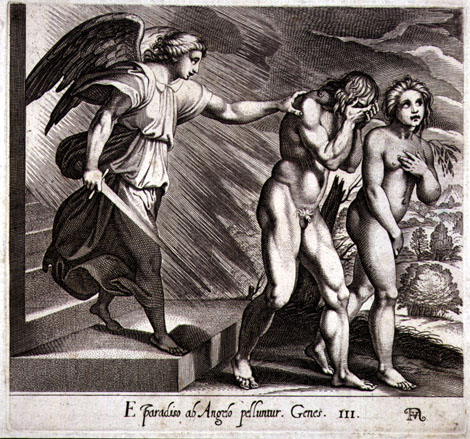This poem has two distinct settings. The first setting is that of the zoo, and it is the setting that the tiger inhabits in reality. The second setting is that of the forest, and it is the setting that the tiger has been taken out of and no longer has access to, and the setting that the poet would like the tiger to inhabit once again. These two settings are contrasted against each other. In doing so, the poet’s motive is to show how much better the tiger is suited to the second setting than the first. The tiger belongs to the wild, and that is where it should remain, feels the poet.
About the Poet:
Leslie Norris was a Welsh poet and short story writer. He was born in Merthyr Tydfil, Wales, in 1921. Norris knew at the age of 12 that he would be a poet. As a teenager, he would ride his bike to a nearby town to listen to poets such as Dylan Thomas and Vernon Watkins. Norris’ first poem was published in 1938, and his first book of poetry came out in 1943.
In July 1948, Norris married Catherine (lovingly called Kitty) Morgan, and together they moved to England and trained to be teachers. Eventually, Norris found himself in administration, which was not a good fit. Once, he decided to take a year off work to devote to his writing and never looked back. This was in 1974. Go through A Tiger in the Zoo detailed and line by line summary here.
A Tiger in the Zoo: Summary
The poem consists of 5 stanzas. Each of these stanzas is again made up of 4 lines. Hence, the entire poem consists of 20 lines in total.
1st stanza:
He stalks in his vivid stripes
The few steps of his cage,
On pads of velvet quiet,
In his quiet rage.
In this stanza, the poet describes the appearance of the tiger in the zoo and its daily movements. He says that the stripes on its body are darker in color than the rest of its coat, so they stand out distinctly, even when seen from a distance. He moves very softly and steadily, as is the habit of tigers in the wild. The only difference is that this tiger can only walk the length of its cage, and it covers that distance in a few mere steps only. The underside of the tiger’s paws is as smooth as velvet, and so they do not create any sound as it is walking. It seems as if all the anger that the tiger feels at being caged is also suppressed in the same way.
2nd stanza:
He should be lurking in shadow,
Sliding through long grass
Near the water hole
Where plump deer pass.
In this stanza, the poet imagines an alternate life for the tiger currently living in a zoo. He imagines what it would be like if the said tiger were to be living in the wild. He says that under normal circumstances, a tiger such as this one should be moving about not in clear daylight but only in the darkness among shadowy places in a forest or suchlike. The tiger should be hiding behind long grass so that its prey will not detect its movement. In this way, the tiger should approach the water hole where all the forest animals come to drink on sunny afternoons. There it will come face to face with deer that are appropriately fattened for its consumption. In other words, the tiger should be left in the wild to hunt and gather its own food rather than be fed by zoo authorities.
3rd stanza:
He should be snarling around houses
At the jungle’s edge,
Baring his white fangs, his claws,
Terrorizing the village!
In this stanza, the poet says that even though he would prefer the tiger to live in the wild, it is not as if it would lose all touch with human civilization. Once in a while, its day-to-day movements would lead it towards the outer boundary of the forest, where a few human residences can be found. The tiger would growl in its low and intimidating voice as it walked at the periphery of those houses. It would not bother to hide its fangs or its claws, instead of revealing them openly to scare all the inhabitants of that village.
4th stanza:
But he’s locked in a concrete cell,
His strength behind bars,
Stalking the length of his cage,
Ignoring visitors.
In this stanza, the poet once again gets a reality check. He stops imaging the tiger’s alternate life and returns to its real one. He says that the tiger is locked up, like a prisoner in a jail, within a small cell made up of concrete. All the strength that resides in its body is locked behind bars of metal that make up the gate of its cell. Hundreds, or even thousands, come to see the tiger every day at the zoo, but it does not pay any heed to these visitors. Instead, the tiger prefers to walk stealthily all over its cage by itself and without any disturbance in the form of human intervention.
5th stanza:
He hears the last voice at night,
The patrolling cars,
And stares with his brilliant eyes
At the brilliant stars.
In this stanza, the poet describes how the day ends for the tiger. It stays awake till the very last voice of the zookeeper locking up and going home can be heard. After that, too, it does not go to sleep. All night, park rangers keep a watch over the surroundings of the zoo while driving around in their official vehicles. The tiger stays awake and hears the sounds made by the cars of the patrolmen. The stars twinkle brightly in the night sky, and so do the eyes of the tiger. The tiger keeps staring at the stars as sleep always eludes it. I hope you enjoyed reading the summary of A tiger in the zoo. You can also read the analysis of A tiger in the zoo here.
Some online learning platforms provide certifications, while others are designed to simply grow your skills in your personal and professional life. Including Masterclass and Coursera, here are our recommendations for the best online learning platforms you can sign up for today.
The 7 Best Online Learning Platforms of 2022
- Best Overall: Coursera
- Best for Niche Topics: Udemy
- Best for Creative Fields: Skillshare
- Best for Celebrity Lessons: MasterClass
- Best for STEM: EdX
- Best for Career Building: Udacity
- Best for Data Learning: Pluralsight
















